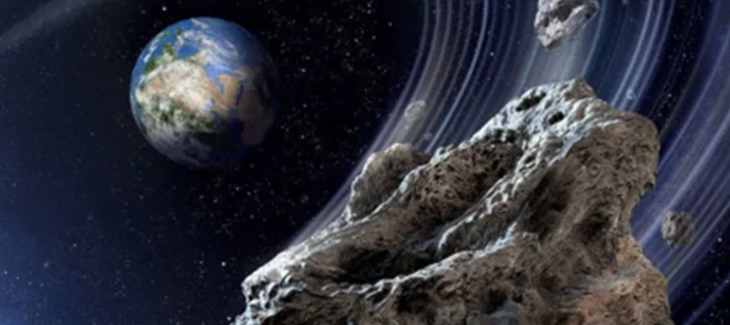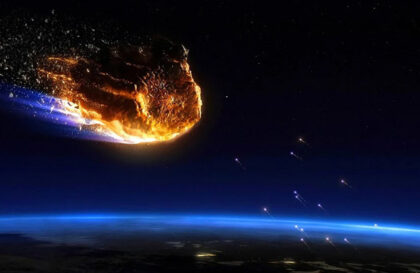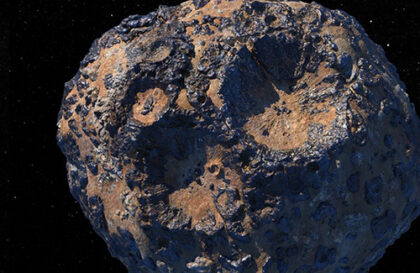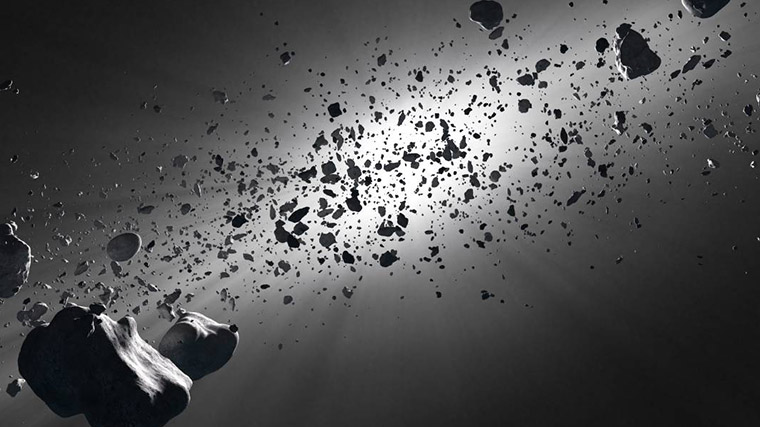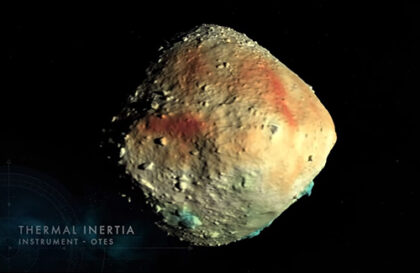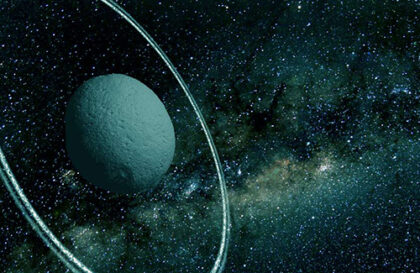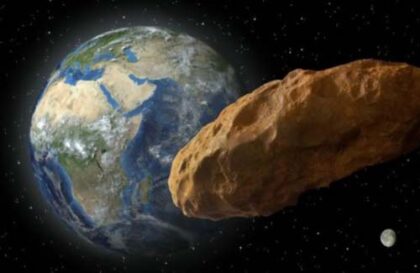Telescopes around the world have recorded about 28,000 near-Earth asteroids, and increasing detections are expected in the future, according to NASA. By analyzing the infrared radiation caused by the heating of asteroids by the sun’s heat, scientists can determine their size by comparing this data with measurements obtained using optical telescopes on Earth.
In mid-August 2023, NASA reported an asteroid, designated 2023 PX, that came close to Earth. However, its size posed little of a threat as it was quite small, about 100 feet, roughly the size of an airplane. The asteroid moved at an impressive speed – about 27,252 kilometers per hour, passing the Earth at a distance of approximately 4.9 million kilometers. This classified it as a Near Earth Object (NEO). Tracking and monitoring of the asteroid was carried out by NASA’s Military Coordination Office (PDCO), which is responsible for monitoring objects in near-Earth space.
What can be done if the size of the asteroid is gigantic?
Protecting the Earth from asteroids
Two strategies are available to protect the Earth from a potential asteroid impact. The first is to guide the spacecraft to the asteroid, and the second is to deflect the asteroid. A deflection strategy involves experimenting with different speeds and angles, and laser ablation techniques can be used to nudge an asteroid off its current path. The technique requires lasers to be focused on the asteroid’s surface to vaporize the rock and create small plumes of ejection. The pressure created by these plumes is then used to alter the course of the asteroid slowly. However, this process is slow and requires high precision, so it must be done long before the asteroid reaches Earth. In addition, mitigation strategies for potential asteroid impacts are complex and require complex planning and execution.
To protect the Earth from asteroids, NASA has developed a strategy and action plan. This plan involves cooperation with countries and organizations around the world to search for and track near-Earth objects. The NEO Surveyor mission is designed to identify 90% of near-Earth objects with a diameter of at least 140 meters within ten years. It is vital to find asteroids before they can reach Earth to apply deflection techniques properly. Another option to keep Earth safe is to break the asteroid into pieces, which, if done incorrectly, can lead to a dangerous shower of debris. In extreme cases, a nuclear explosion could be used to deflect an asteroid heading for Earth. While these methods can help protect the planet, they can only be effective if the asteroid is detected well before it is predicted to hit land.
What technology is used to detect asteroids in the sky?
Astronomy has come a long way in recent years, and one of the key players in this is the Large Synoptic Survey Telescope (LSST), which is the largest digital camera in the world. In addition, the Transiting Exoplanet Survey Satellite (TESS) is now in its fifth year of space exploration and has discovered 329 new worlds, thousands of candidates, and provided new insights into the universe. Another tool astronomers use is the Planck spacecraft, which scans the sky to map the cosmic microwave background (CMB). This is the leftover radiation from the Big Bang, and it helps astronomers better understand the universe. Moreover, the TESS cameras have mapped more than 93% of the sky and provided new insights. With these instruments, astronomers can more accurately detect asteroids and other astronomical bodies.
The tracking system used to identify potentially dangerous asteroids is specifically designed to do this job. For example, the Asteroid Collision Last Alert System (ATLAS) is a system operated by the University of Hawaii, funded by NASA, and designed to scan the sky every 24 hours. Telescopes installed at Haleakala and Maunaloa in Hawaii are used to track asteroids. The purpose of this system is to fully understand what dangerous asteroids may be in the vicinity of these islands and determine their potential danger to Earth. However, the system is limited in that it can only scan half of the sky from its vantage point, leaving the other half open. This is why other systems, such as Pan-STARRS and the Catalina Sky Survey, cover both hemispheres. ATLAS is capable of giving at least 24 hours notice of more minor asteroids, such as a 20-meter asteroid that could destroy a city, and up to three weeks’ warning of any asteroid giant enough to cause destruction. The South African observatory identified its first near-Earth object (NEO), the 100-meter asteroid 2022 BK, on January 22, 2022, and the system is currently the best to provide asteroid detection.
Banner image: Astronomy / Author Roen Kelly
Image credit:
https://www.astronomy.com
